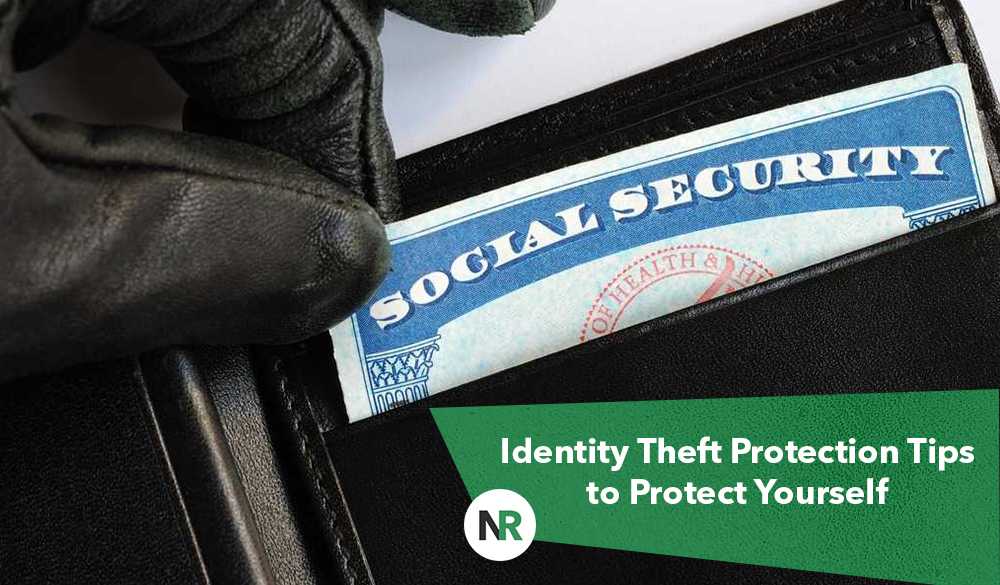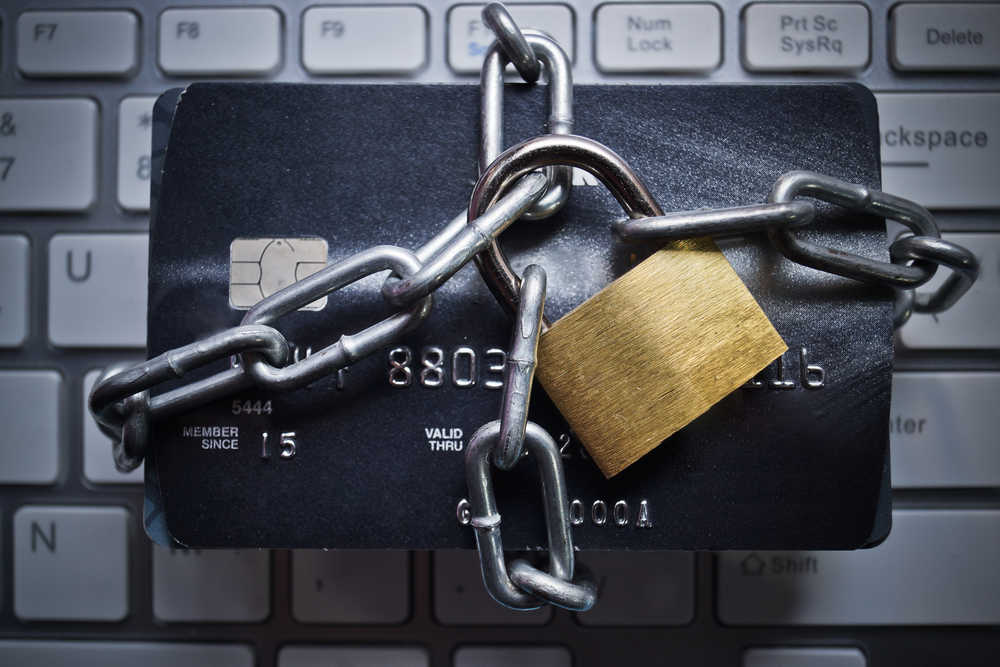Learn the best ways to protect your personal information and prevent identity theft for you or your business. Manage your online reputation and protect your personal information properly to generate more reviews, improve internal communications, and increase your bottom line. Keep up on the latest identity theft and credit report statistics in 2024.
What do Britney Spears, Jay-Z, and Beyonce have in common, other than being celebrities?
They have all suffered from having their accounts and credit report hacked, with their personal information shared online. If global superstars can have their account numbers hacked and personal information leaked, it can happen to each and every one of us.
Not just that, but you are far more likely to be a target because you probably don’t have the type and level of identity theft protection that celebrities have.
Request a Free Consultation
Your Personal Data is Your Most Valuable Asset, Protect It!
It is bad enough if someone can hack your personal accounts, access your social security number and post your pictures and files online for all to see.
However, things can get even worse if these people get hold of personal information such as your name, date of birth, and address. Things really start to get problematic if they can also have details of your bank account number or your credit card, in which case you could become the victim of identity theft, affecting your credit report. One negative post may tarnish your personal branding efforts for many months to come.
You may think that those are a lot of details for someone to be able to access, but a simple bank statement in your trash contains pretty much all of them.
Once your identity is stolen, criminals can open accounts in your name, take out loans, get credit cards, apply for documents such as a driver’s license, a passport, or a social security card, and they can even apply for benefits and welfare in your name. Naturally, they have no intention of ever paying any of those things back, leaving you in a huge financial mess.
It is surprisingly easy for an identity thief to get hold of the details they need. They could steal your wallet or go through your trash, for instance. Furthermore, they may also be able to get the details they need simply by going online.
Too many people continue to use weak passwords or fall for increasingly elaborate scams to get their personal information, enabling hackers to get hold of everything they need to make their move.
Identity Theft Statistics
- Over half of people use the same password for the vast majority of websites, sometimes even for all of them.
- 26% of people create passwords based on easy to remember details, such as names or birthdays.
- 61% of people check if websites are secure by looking at the padlock symbol.
- 62% of people protect their home internet connections.
4 Tips for Preventing Identity Theft
- You must always choose strong passwords. This is very important on those websites where an extra verification service is used. While you may feel like you need to pick an obvious password, because you cannot otherwise remember it, this really is a bad idea. Easy to guess words (like “password”) or numbers such as your date of birth or telephone number is absolute no-go areas. Instead, you should choose a password that contains random numbers, letters (including capitals), and symbols.
- Always remain secure online. If you want to pay for anything while using the internet, make sure that you are on a secure link. Your browser window frame should show a padlock. You should not assume that a site is safe just because the page shows a padlock, because this could actually be a trick. Furthermore, look at the URL, which should start with “https://”, with the “s” standing for “secure”.
- Make sure that you check your credit card and bank statements. You should recognize all of the payments that are in there, and the amounts should be correct as well. If there are any inaccuracies, you must contact your bank or credit card issuer immediately.
- Do not engage in cold callers. If you have a conversation with someone on the telephone – or online – that you do not personally know, or whose identity you cannot vouch for, they have no business knowing your personal details or your banking details.
Conclusion: Preventing Identity Theft Today
Protecting yourself from identity theft to a large degree is down to common sense.
However, hackers know that people are becoming more informed, and their tactics are hence becoming far more sophisticated. This is why it is so important to take stock of your activities every once in a while, change your passwords, and review your accounts.
It is easy to have a false sense of security, for instance, because you rip up your letters and have a good virus scanner on your computer, but the smallest mistake could mean someone taking your identity away from you.


